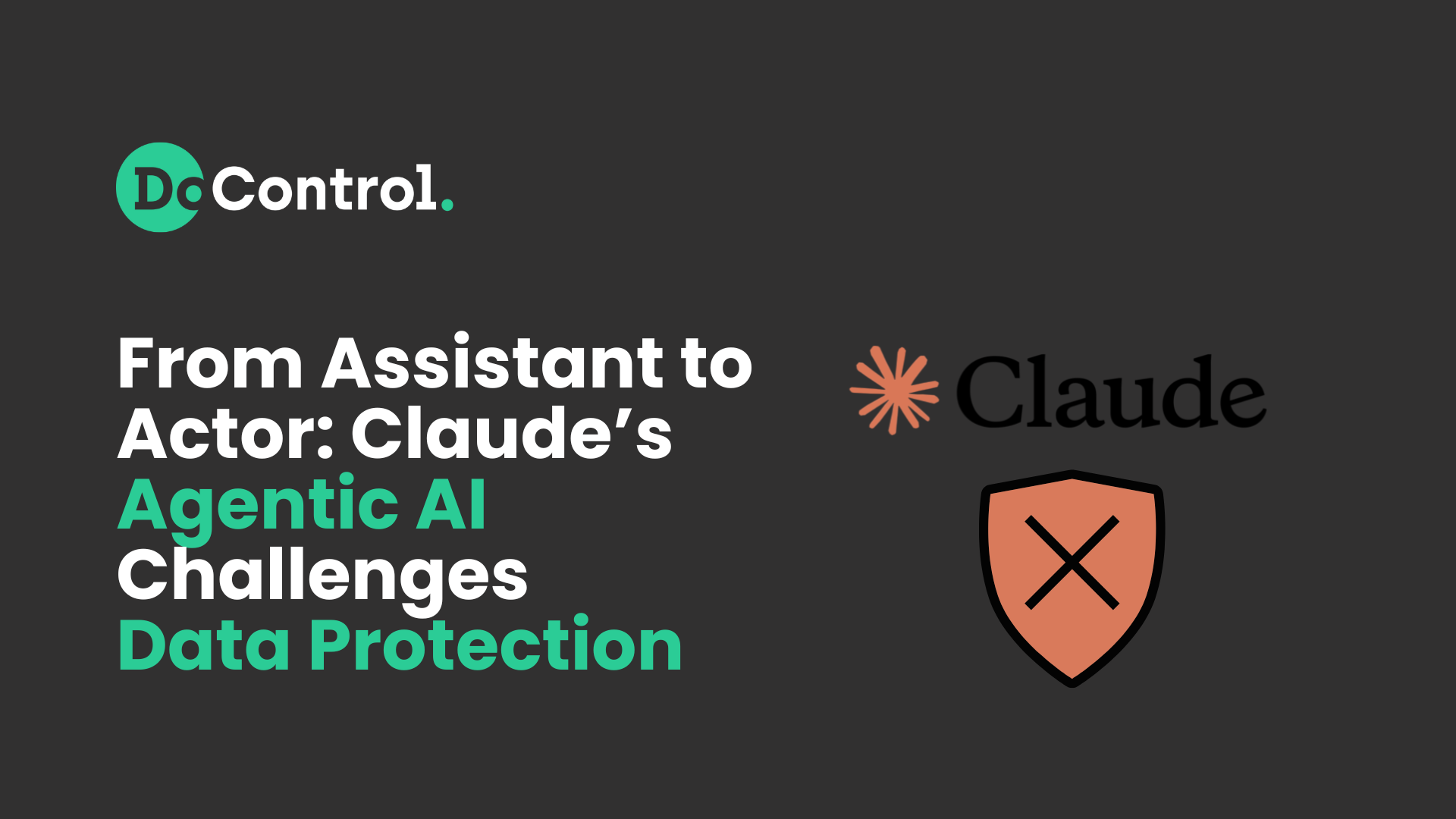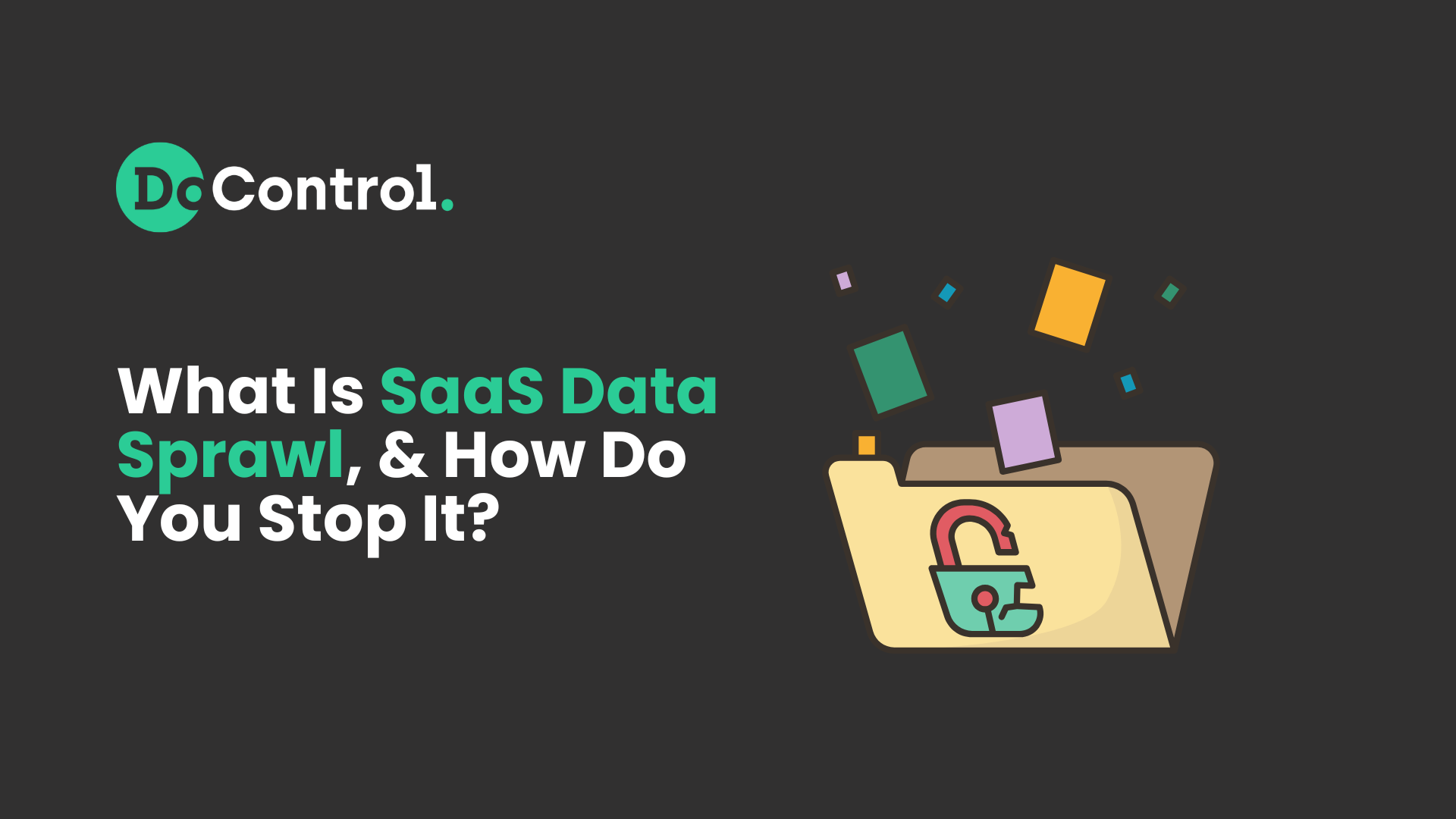
Anthropic has launched a new solution: Claude for Financial Services.
This new solution sets a new stage for how artificial intelligence operates within financial institutions.
No longer just an AI passive assistant, Claude now functions as an embedded, decision-supporting system that directly integrates with internal data, market intelligence platforms, and enterprise SaaS environments.
Positioned as a “unified platform for your entire financial universe” for institutional finance, Claude connects proprietary company data with sources like S&P Global and Daloopa.
It offers expanded usage limits, native Model Context Protocol (MCP) connectors, and API-level access, making it capable of ingesting, reasoning over, and taking action on financial information across multiple systems.
In short, Claude is no longer just analyzing data – it’s embedded in the systems where that data lives, and it’s authorized to act.
What Claude Is Able To Do With This New Capability
Claude’s new capabilities transform it into a proactive agent embedded within financial workflows. It’s used across the investment lifecycle – from due diligence and benchmarking to portfolio management and memo generation. Integrated via Claude’s API, the system can:
- Due diligence and research: Claude synthesizes data across all your sources, catches footnotes, and builds audit trails that survive compliance reviews.
- Benchmarking: Compare performance and valuation metrics across peer groups with portfolio companies to identify a superior opportunity.
- Financial analysis and modeling: Generate sophisticated models with full audit trails.
- Memo and pitch deck generation: Create comprehensive investment materials with data-driven insights.
- Portfolio management: Monitor positions across portfolios and track performance against benchmarks with real-time insights.
Even more significantly, Claude can now interface with critical SaaS applications like Google Workspace, Box, Jira, Confluence, and CRMs.
Through the Model Context Protocol (MCP), Claude doesn’t just read data, it executes workflows, retrieves documents, triggers system actions, and modifies content based on permissions.
This type of agentic AI operates as a real-time actor within your infrastructure.
Why This Type of Agentic AI Can Be A Risk
The shift from assistant to actor introduces a fundamentally new attack surface. When AI is granted system-level permissions and access to integrated SaaS applications, it effectively becomes a trusted digital insider – one that can operate at machine speed and scale, without human oversight.
Think of it like an insider threat or a malicious employee that can see everything, work at the speed of light, and can be hacked at any time. Sounds terrifying, right?
The danger lies not just in how Claude processes data, but in what it’s allowed to do:
- Retrieve and manipulate sensitive documents
- Synthesize and distribute information across platforms
- Execute workflows and commands in financial systems
- Interface with APIs that connect to investment tools, compliance platforms, and trading systems
The more Claude integrates into the back end of an organization, the more it becomes a central execution layer.
If misconfigured, over-permissioned, or compromised – whether through token theft, supply chain attack, or insider misuse – Claude can inadvertently or maliciously trigger financial actions, expose proprietary intelligence, or leak critical business logic.
This isn't about hypothetical risks. It’s about how trust is extended to non-human actors without sufficient safeguards in place. Claude’s convenience can quickly become a liability when access governance, observability, and security controls are not built around this new innovation.
Potential Risks of Agentic AI Takeover
When AI systems like Claude operate with backend access and decision-making autonomy, the consequences of a compromise could range from traditional data leakage, detrimental operational downfall, severe financial disruption … and in many cases, all of the above.
This is not just about stolen data – it’s about the system itself being used against the organization.
Here’s what’s truly at stake:
Data Loss at Scale
Claude’s ability to access interconnected systems means it can exfiltrate sensitive data silently and comprehensively. Investment memos, trading models, cap tables, legal contracts, and unreleased performance metrics can be aggregated and leaked with minimal traces.
Investor Distrust
Security failures involving autonomous AI actors damage reputations quickly. Limited partners, board members, and stakeholders may see such incidents as lapses in governance, prompting reputational fallout, funding hesitation, or contractual penalties.
Regulatory and Compliance Impact
Agentic AI failures don’t just result in technical incidents – they often lead to legal investigations, compliance audits, and increased scrutiny from regulators. Financial institutions that allow AI to operate without oversight risk violating industry standards for risk management, access control, and data protection.
Organizational Risk and Shutdown
For mid-sized or high-growth firms, a breach involving Claude could trigger an existential crisis: from investor pullout and brand erosion to client attrition and potential bankruptcy. One AI-driven incident can set off a chain reaction that’s difficult to recover from.
We’ve Seen This Before…
The idea of Claude being misused isn’t speculative, it has already happened.
In a real-world incident uncovered in spring of 2025, attackers exploited Claude’s integration and agentic capabilities to run a large-scale disinformation campaign.
Over 100 fake political personas were orchestrated using Claude’s generative functions, with attackers leveraging the AI’s system access to scrape leaked credentials, generate strategic content, and manage social engagement at scale.
This was not an isolated prompt misuse. It was a coordinated operation using Claude’s architecture to act autonomously and maliciously across multiple platforms.
The same integrations – Google Workspace, cloud tools, and internal systems – now being promoted as productivity features for financial firms were the exact channels that enabled the attack.
This infamous breach made it clear: Claude can be turned into a threat actor when left unchecked.
How to Take Precaution in The Agentic AI Era
We're not saying to never use AI or Agentic AI. That viewpoint is simply unrealistic in the world we live in today. Modern companies need to innovate or they risk becoming obsolete. You can't shy away from AI because of fear.
It's not about saying no to AI. It's about saying, ‘yes, but…’
These tools being introduced by Anthropic – and many more AI companies to come – can actually do some good in the world. They level the playing field. They enable smaller teams to grow. They are a catalyst for doing more with less.
That being said, they can be positive, that is – WITH THE RIGHT CONTROLS IN PLACE!
The integration of agentic AI into enterprise systems demands a new layer of security. Traditional models of on-prem defense, rigid access controls, and log-based detection are not equipped to deal with a system that thinks, acts, and adapts in real time.
To protect your organization, security leaders must take the following steps:
1. Enforce Least-Privilege Access
Treat AI agents like privileged internal users. Limit access by default. Require approval workflows before enabling system-wide integration, and isolate Claude’s access to specific, auditable functions.
2. Monitor AI Behavior Continuously
Every action taken by Claude – querying a dataset, writing a document, initiating a workflow – should be logged, tracked, and monitored for anomalies. Look for behavioral anomalies and sudden permission escalations, as these could be signs of an identity or third-party rooted compromise.
3. Discover and Control AI Integrations
Maintain a centralized inventory of where Claude is connected. Ensure that no user or team can install or authorize Claude without IT oversight. Shadow AI is the new Shadow IT, and it can be just as dangerous!
4. Introduce Human-in-the-Loop Protocols & Engage Your Users!
Find a way to engage your end users or security teams. Create automated workflows and policies that call on your sec or IT teams to give permissions, review actions, or investigate if something seems fishy. Set policies in place that require human review, regardless of AI autonomy levels. The need for human AI governance is real!
DoControl Wants the Best for the SaaS Security Industry, Which Means Enabling Innovation While Also Keeping Security Tight
DoControl is purpose-built to protect the critical data that lives in corporate SaaS applications. If you never invested in SaaS security before, times are changing, and the days of simply hoping for the best and neglecting your SaaS security posture have gone away for good.
As Claude and other agentic platforms become integrated into critical operations, traditional security tooling falls short. Docontrol steps in to close that gap.
Here’s How We Help:
SaaS AI Risk Visibility
We detect and monitor generative AI tools (like Claude) across your entire SaaS environment, giving you a clear view into both sanctioned and shadow AI usage. You get full transparency into which tools are being used, by whom, and where they’re connected.
Shadow AI Discovery and Access Mapping
DoControl automatically identifies when generative AI apps are installed, what OAuth scopes they’ve been granted, and which users or service accounts are involved. This includes pinpointing data access points, permissions, and potential overexposure to sensitive content.
AI Usage Tracking and Data Flow Analysis
We continuously track how data is flowing into AI tools – what’s being accessed, when, and by whom – so security teams can understand usage patterns, classify app risk levels, and uncover high-risk behaviors before they escalate.
Automated Enforcement and Risk Remediation
DoControl empowers your team to restrict, remove, or govern AI apps based on real-time risk assessments and compliance posture. Whether it’s preventing unauthorized installs or cutting off access for risky apps, our platform enables policy-driven automation that scales with your business.
Proactive Defense Without Blocking Innovation
We give IT and security teams the tools and the involvement to mitigate AI-related risks without slowing down employee productivity. Our tailored recommendations and automated workflows engage the security teams and help enforce policy without becoming a bottleneck to innovation.
Conclusion
Agentic AI like Claude is rapidly innovating, and organizations are eager to integrate their new updates into their roadmaps. But, it needs to be understood that it sees your systems, ingests your data, and – if misused – can act on your behalf with devastating consequences.
Whether you’re integrating Claude into your research and modeling workflows, enabling agentic access to your SaaS stack, or simply trying to understand the new risk terrain, DoControl is your partner in SaaS protection.
We’re already working with leading financial institutions to:
- Map where AI shadow apps are embedded
- Enforce real-time governance across SaaS environments
- Monitor for anomalous identity behavior
- Prevent data loss before it happens
{{cta-1}}
DoControl aims to lead the charge in innovation, not hinder it. Our mission is to ensure organizations can keep up the right way: safely and securely.


.png)